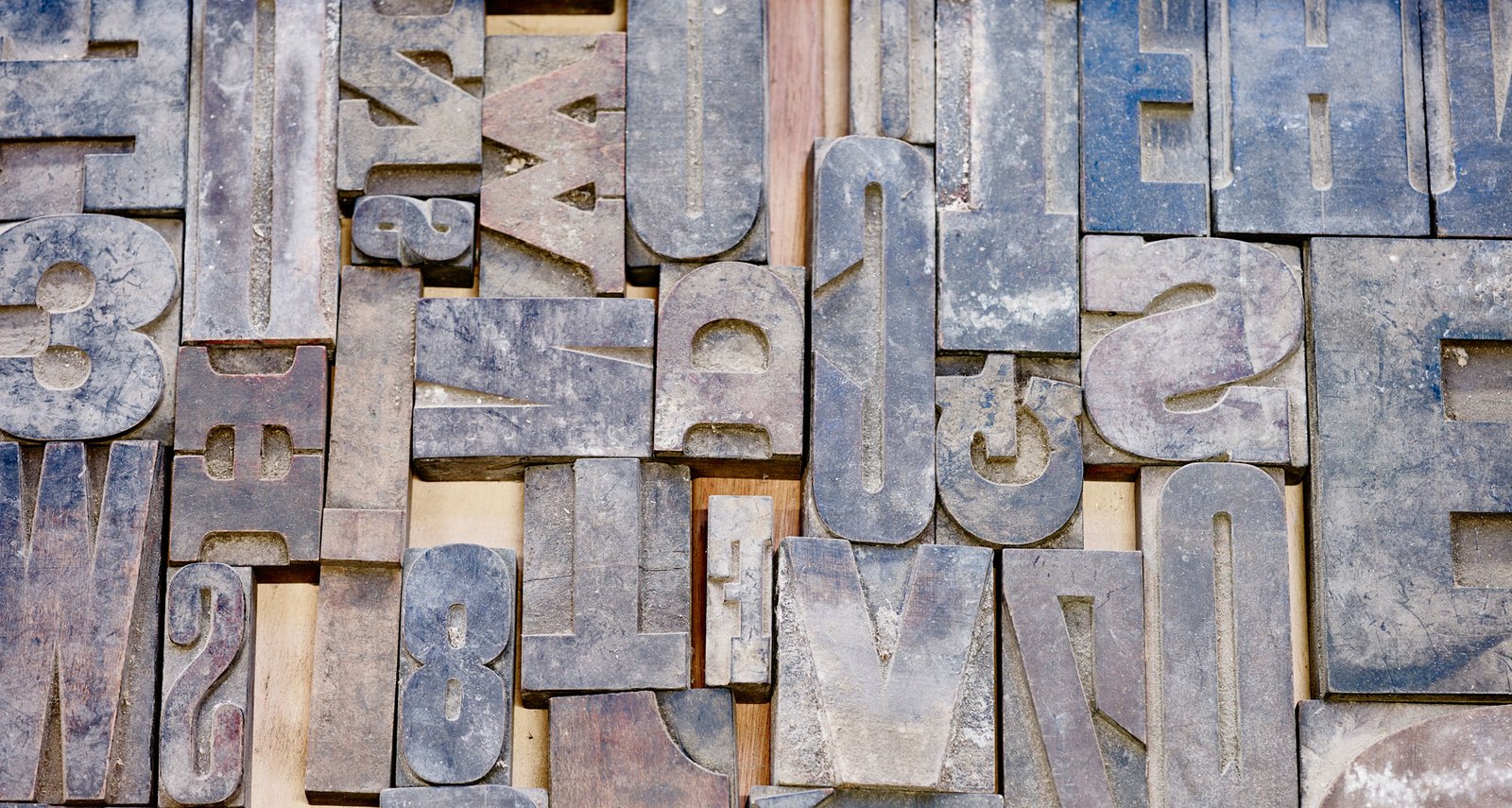Styles and Innovations in the Early 20th Century
In the early 1900s, typography underwent a significant evolution, echoing the dynamic changes in culture, technology, and art. This transformation led to influential typefaces that shaped the field of graphic design and communication.
The 1920s saw the emergence of sans-serif typefaces, influenced by the Art Nouveau and Arts and Crafts movements. Eric Gill’s Gill Sans series, crafted between 1928 and 1930, departed from mechanical styles, embracing Roman-inspired proportions. Gill’s work, including Perpetua, seamlessly blended historical influences with modern design, showcased in The Four Gospels.
Reacting against ornate styles, the Modernist movement championed simplicity and functionality. The Bauhaus school, led by designers like Herbert Bayer and Paul Renner, shaped modernist typography. Renner’s Futura and Bayer’s Universal Typeface embraced geometric shapes and minimalism, reflecting the evolving spirit. Rudolf Koch’s Kabel, a geometric sans-serif typeface, added to this movement.
In 1931, Stanley Morison revolutionized typography with Times New Roman, debuting in the Times of London in 1932. Breaking conventions, it featured short ascenders and descenders, sharp serifs, and compact letterforms, earning acclaim for legibility and efficient design. Its enduring popularity stems from widespread use and enduring legibility.
The first half of the twentieth century witnessed rapid advancements in printing technology, including the linotype machine and phototypesetting. Organizations like the American Type Founders (ATF) contributed to typeface standardization, creating comprehensive families for commercial use. These innovations laid the groundwork for today’s diverse typographic landscape, where designers seamlessly blend historical inspiration with contemporary trends to craft fonts that excel in functionality and aesthetic appeal.
The evolution of typeface design in the early twentieth century mirrors broader cultural and technological shifts. From the sans-serif elegance of the 1920s to modernist simplicity and the bold departure of Times New Roman, each development left an indelible mark on graphic design. Today, designers draw from this rich history, creating fonts that seamlessly blend the old with the new, embodying functionality and aesthetic appeal.



